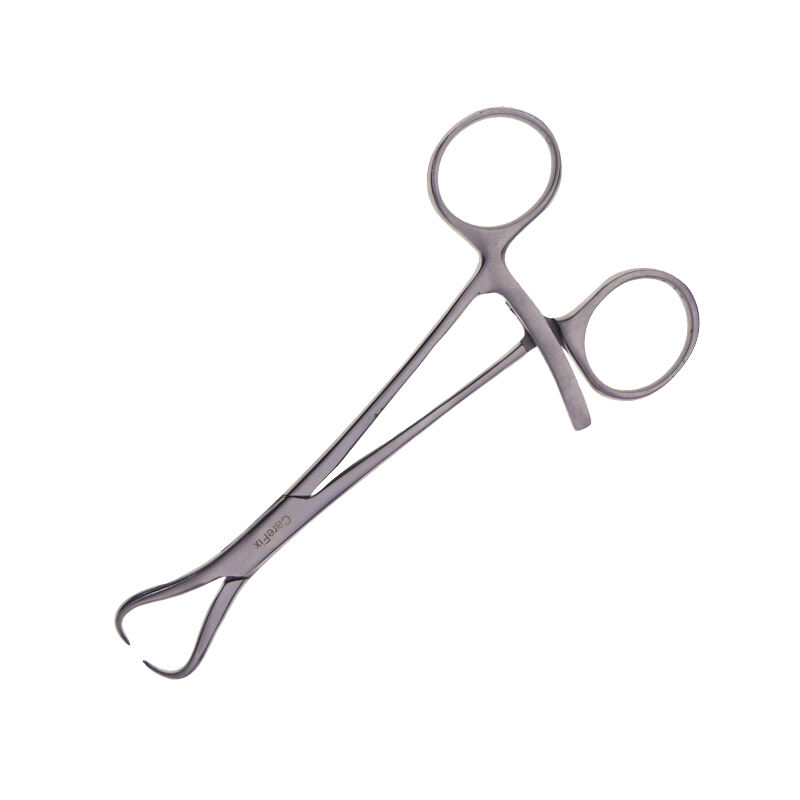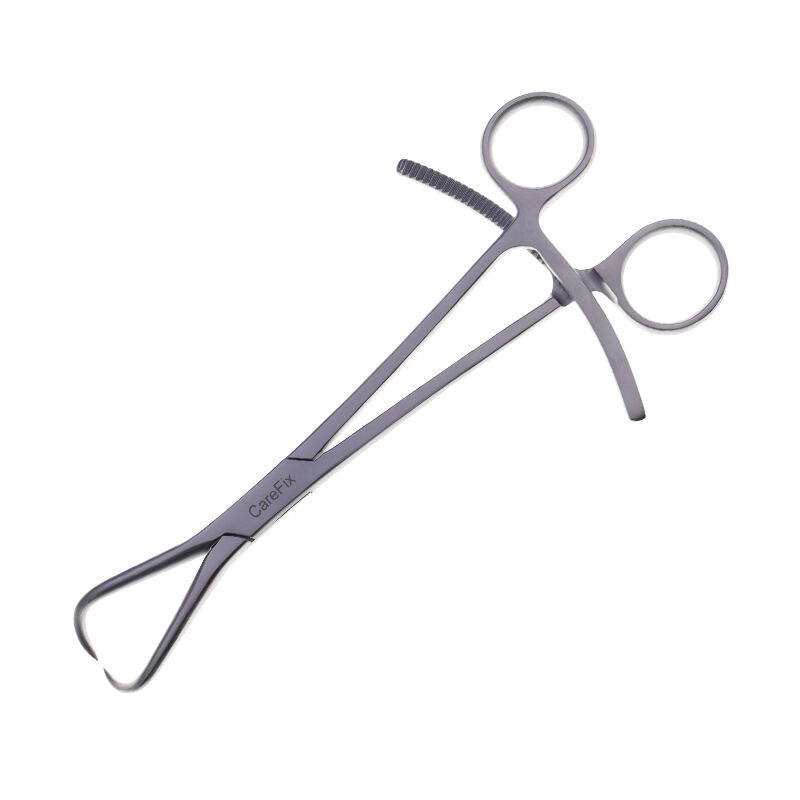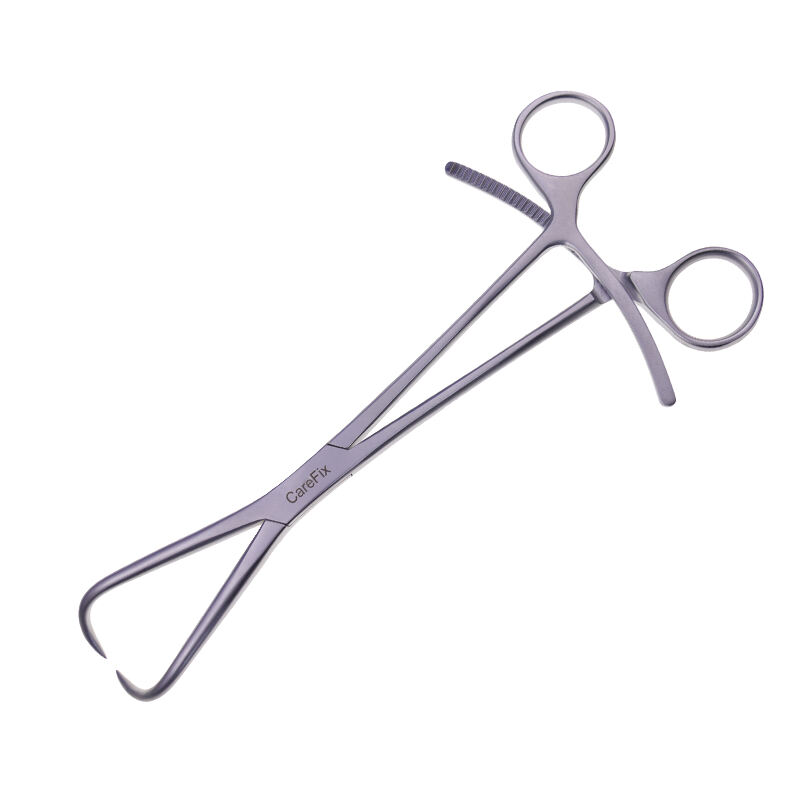reduction clamps orthopedics
Reduction clamps in orthopedics represent essential surgical instruments designed for precise bone fragment manipulation and stabilization during fracture treatment procedures. These specialized tools enable surgeons to achieve accurate anatomical alignment and temporary fixation of fractured bones before permanent stabilization. The clamps feature robust, surgical-grade stainless steel construction, ensuring durability and reliability in the operating room environment. Modern reduction clamps incorporate ergonomic handles for enhanced grip and control, along with precise ratcheting mechanisms that maintain consistent pressure during fracture reduction. The instruments come in various sizes and configurations, including pointed, serrated, and smooth jaw designs, accommodating different fracture patterns and anatomical locations. Advanced models feature specialized coating technologies that reduce glare under surgical lighting and provide enhanced resistance to wear and corrosion. These instruments are particularly valuable in trauma surgery, reconstructive procedures, and complex fracture management, where accurate reduction is crucial for optimal healing outcomes. The technological integration of computer-aided design in newer models has resulted in improved biomechanical efficiency and reduced operator fatigue during prolonged procedures.


